What about Honeywell MC-TAIH04 51305900-175? Honeywell MC-TAIH04 51305900-175 Analog Input Module is a Honeywell Distributed Control System (DCS) central key component, which can be used to accurately simulate signals from your own sensor. When creating an industrial machine, the sensor and control system can be controlled between the two sources, and the general model converted signals (temperature, pressure, flow rate, liquid level, etc.) can be into numbers, and the supply control system can be used to provide automatic control. It is very important to be able to control the process of a highly demanding industry. Key features of technical specifications MC-TAIH04 Analog Input Module has many technical instructions, its production process control area, versatile and possible selection: Number of input channels: Normally supports multiple model input channels, accessible 4-20mA current, various types of electrical signals and electrical signals. Partition rate given accuracy: The model provides high separation rate of number conversion (possible 16th place and above), guarantees signal precision, collects and suppresses noise. Its precision and industry standards are determined. Signal control function: integrated wave, remote connection function, signal integrity, electromagnetic interference (EMI) and ground circuit effect. Work environment conditions: Temperature range (for example -40°C to +70°C), which is acceptable for typical factory conditions. Communication support: Fully compatible Honeywell Experion® PKS or TDC 3000 platform communication standard, support number setting and customization. Examination function: Introducing the function of self-containment, the function of displaying failure, reducing the machine time, and increasing the efficiency. Assembling and fitting: integrated mechanical fittings, mechanical fittings, openings and fittings, convenient integration of Honeywell automation system. Example of Japanese usage of the type of industry name MC-TAIH04 Analog Input Module Due to its suitability and durability, it can be used in many different industries: 1.Oil gas processing: Precise flow rate, guaranteed oil gas safety and high efficiency transportation. 2.Electrical operation: Temperature vibration movement in the oven, improved electrician operation performance. 3.Chemical manufacturing: pH control, temperature control, safety, quality, quantity and safety. 4.Water management: The amount of water quality and the current status of the water, the amount of water, the amount of water, the amount of water, and the amount of water that can be paid. 5.Control industry: Precise control of the number of parts in the production process. The above-mentioned exhibition has been completed, and there are various types of automation control and safety system control and control signal signaling capabilities. The performance of the module The benefits of using MC-TAIH04 in the industrial control system: 1.Providing high accuracy:...
Read More
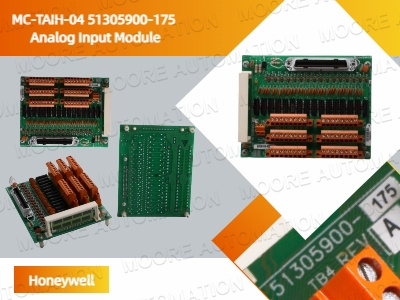
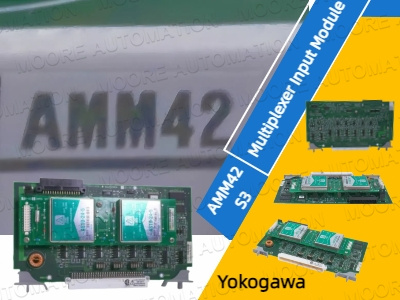
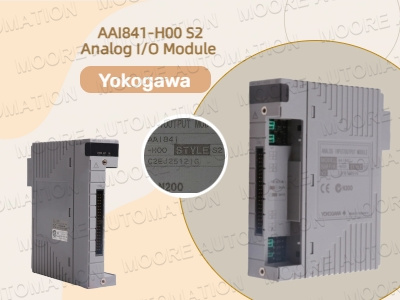
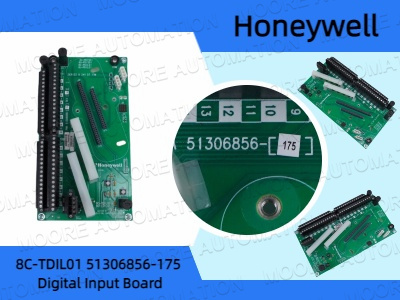
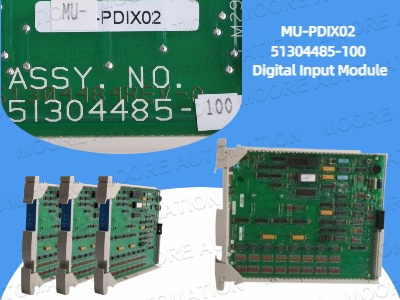
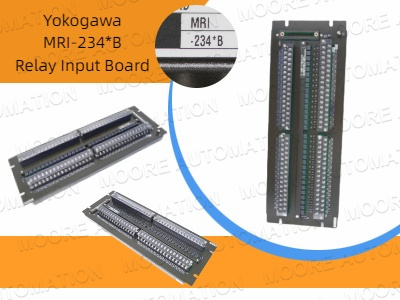

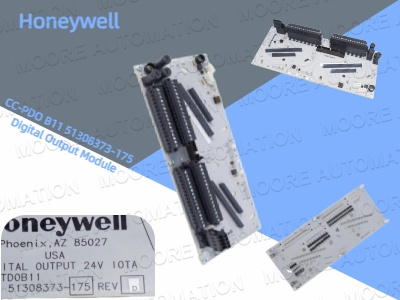
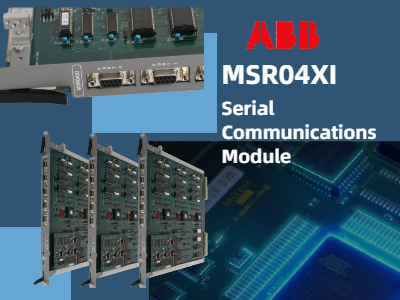
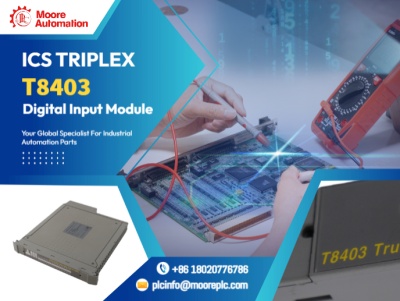














 IPv6 network supported
IPv6 network supported